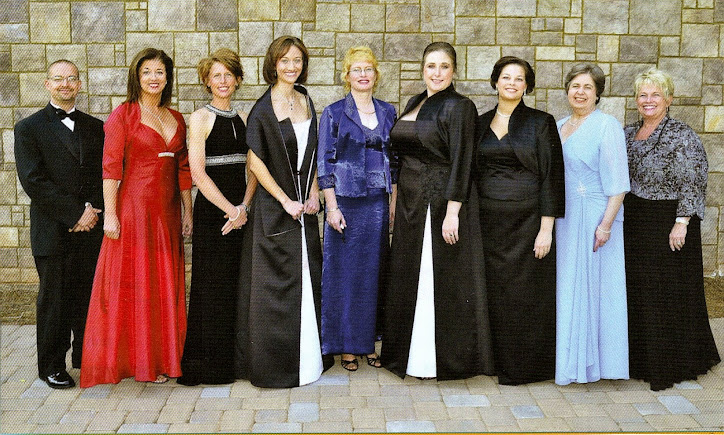
I remember the first time I read Hamlet. I was a junior at UNC-Chapel Hill, and I remember my professor hammering the literary idea of "tragic flaw" to us. "His flaw," he said, "was his inability to act, his inability to carry out the commitment he made to kill his stepfather." I thought it was heavy stuff, but I liked it, especially the funny (and long) soliloquy by Polonius and the fact that at the end, like most of Shakespeare's tragedies, there are dead bodies strewn all over the stage. Oh, and I still LOVE the fact that dying takes about ten minutes, all while the character dying is announcing his death...over and over.
At the end of that semester, I pulled my first all-nighter...studying for my Shakespeare exam the next day, an exam that covered about fifteen of his plays. That was the only time in my life that I ever drank coffee; I didn't like it then, and I haven't changed my mind in thirty years. But Shakespeare has been part of me ever since I read Romeo and Juliet in the ninth grade and Macbeth and King Lear in the twelfth. That habit, unlike the coffee consumption, has stayed with me for life.
So to have the opportunity to visit Kronborg Castle, the setting for Hamlet, in Elsinore (Helsignor) Denmark today was unbelievable. After changing tracks numerous times - the information coming across the speaker (and translated by a nice Danish girl) kept telling me to change to another platform. Finally I was on the "coastal train" - the one that follows the coast of the Baltic Sea from Copenhagen to Elsinore. It was beautiful.

Personally I think that a city's name should be spelled the same way internationally. Why don't we spell Copenhagen the way the Danish do? And the whole Helsingor/Elsinore thing is confusing...
As beautiful as that train ride was, it didn't make me gasp like I did when I turned right out of the train station and saw that castle. I thought I was dreaming.

 The first thing I did was stand on the bridge over the moat. I remember learning about moats in third grade so this was an exciting adventure...to actually see one.
The first thing I did was stand on the bridge over the moat. I remember learning about moats in third grade so this was an exciting adventure...to actually see one.
The mascots of Kronborg, a swan family that lives in the moat.

I can see how a moat protects a castle.
The castle's story dates back to a fortress, Krogen, built in the 1420s by the Danish King, Eric of Pomerania. The king insisted on the payment of sound dues by all ships wishing to enter or leave the Baltic Sea; to help enforce his demands, he built a powerful fortress controlling the sound. It then consisted of a number of buildings inside a surrounding wall.
Kronborg acquired its current name in 1585 when it was rebuilt by Frederick II into a magnificent Renaissance castle unique in its appearance and size throughout Europe. In 1629, a fire swept through the castle and some say it never regained its original splendor.
Kronborg acquired its current name in 1585 when it was rebuilt by Frederick II into a magnificent Renaissance castle unique in its appearance and size throughout Europe. In 1629, a fire swept through the castle and some say it never regained its original splendor.
From 1739 until the 1900's, Kronborg was used as a prison. The inmates were guarded by soldiers in the castle. The convicts had been sentenced to work on the castle's fortifications. They were divided into two categories: those with minor sentences were categorized as "honest" and were allowed to work outside the castle walls; those serving sentences for violence, murder, arson or the like were categorized as "dishonest" and had to serve the full sentence doing hard physical labor inside the castle ramparts. Otherwise, they served their time under the same conditions: they all had to wear chains and spend nights in cold and damp dungeons.
 When it was a prison, it was a pretty one...
When it was a prison, it was a pretty one...
I could almost see those prisoners there as I looked at the dungeon doors. I felt like I heard them. And I felt the spirit of Hamlet's father's ghost as he spoke to him in that regal setting.

 My camera battery died before my interest did, but I'm forever grateful to the Center for International Understanding, that I've had this amazing experience this week. And now "to sleep, perchance to dream" - tomorrow we head to Odense to stay with a host family...should be fun!
My camera battery died before my interest did, but I'm forever grateful to the Center for International Understanding, that I've had this amazing experience this week. And now "to sleep, perchance to dream" - tomorrow we head to Odense to stay with a host family...should be fun! 
No comments:
Post a Comment